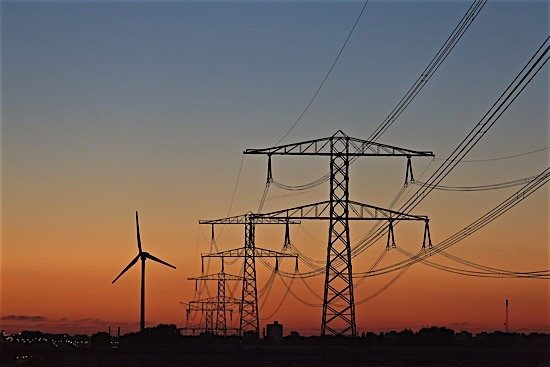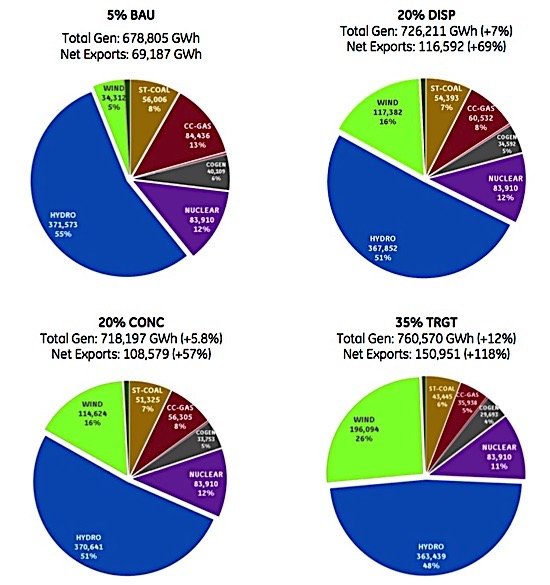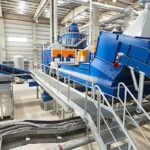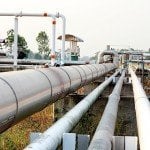
Canada could get more than one-third of its electricity from wind energy with no compromise to grid reliability, according to a recent study from the Canadian Wind Energy Association (CanWEA). Not only would there be no significant operational issues associated with incorporating that level of wind-generated energy, but there would be economic and environmental benefits. Using as much as 35 per cent wind energy would displace more expensive gas and coal-fired generation, reducing production costs.
The Pan-Canadian Wind Integration Study (PCWIS) was carried out by a team led by GE Energy Consulting Group. Its goal was to come to an understanding of how much wind energy can be reliably integrated onto the electricity grid, and at what cost. Considering the question on a regional and national basis enhances the opportunities for greater penetration, the report says, and the results of the study will ensure that the benefits of wind energy are most efficiently realized. The study included all of Canada and forty-seven US states, the largest such study ever done. Four scenarios were examined, ranging from the 5 per cent “business as usual” (BAU) to a targeted 35 per cent penetration.

One key finding was that the quality of wind power resources is “fairly consistent” across most provinces. There would be little incentive, therefore, to concentrate wind resources in provinces or areas where wind resources were “marginally better” and then transport the wind energy over long distances, likely requiring new transmission facilities. Canada’s wind resources are in fact “high quality” in all provinces.
Another finding was that hydro generation provides a valuable complement to wind generation. The combination of the two provides a “firm” energy resource for use within Canada or as an opportunity to increase exports to the US.
The report also dispels certain “myths” about wind energy, particularly with respect to cost recovery. While it is true that certain transmission enhancements would need to be implemented between provinces, and between provinces and states, to accommodate the increase in wind generation, the study found that the payback period for these enhancements would be short, recoverable within a few years. Backup generation needed to balance wind energy’s variability would also be “modest.” On average, the level of back-up to accommodate the variability of wind is less than 2 per cent of total wind generating capacity being added.
The benefits of wind energy are widely known, commented the technical director of GE Energy Consulting Group, Bahman Daryanian. This study, which was nearly three years in the making, can provide decision makers with new insights into how those benefits can best be realized.


































